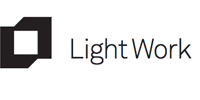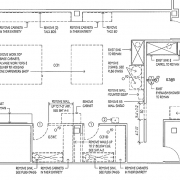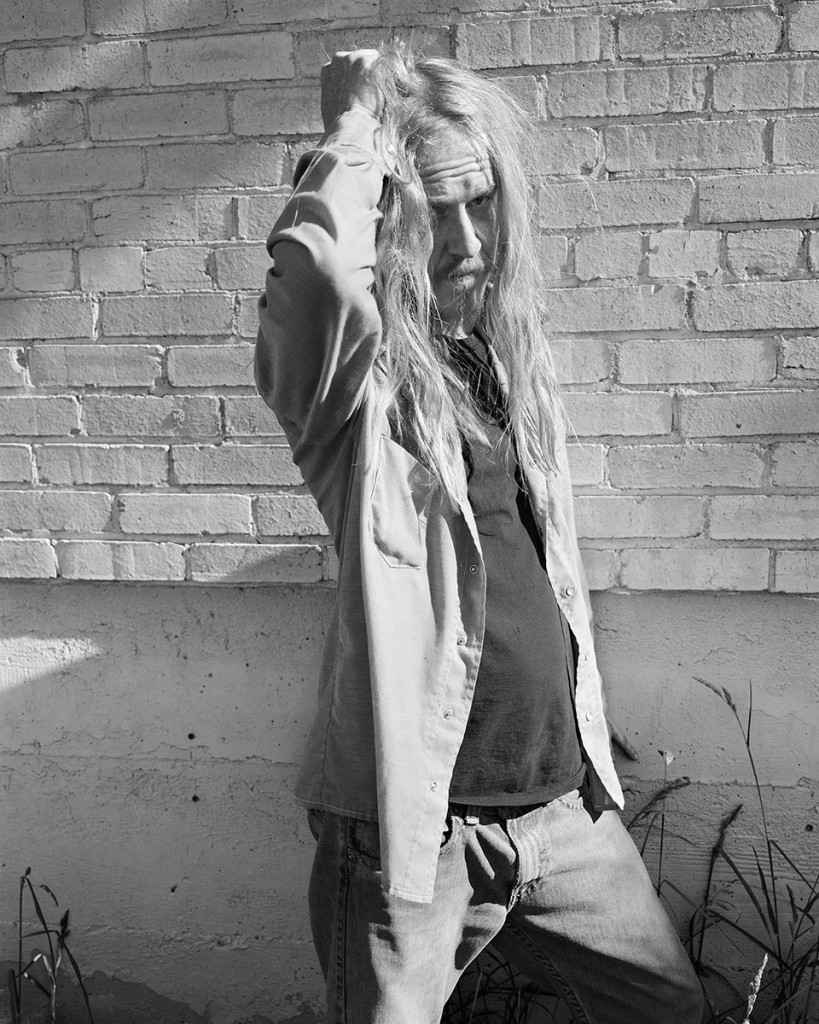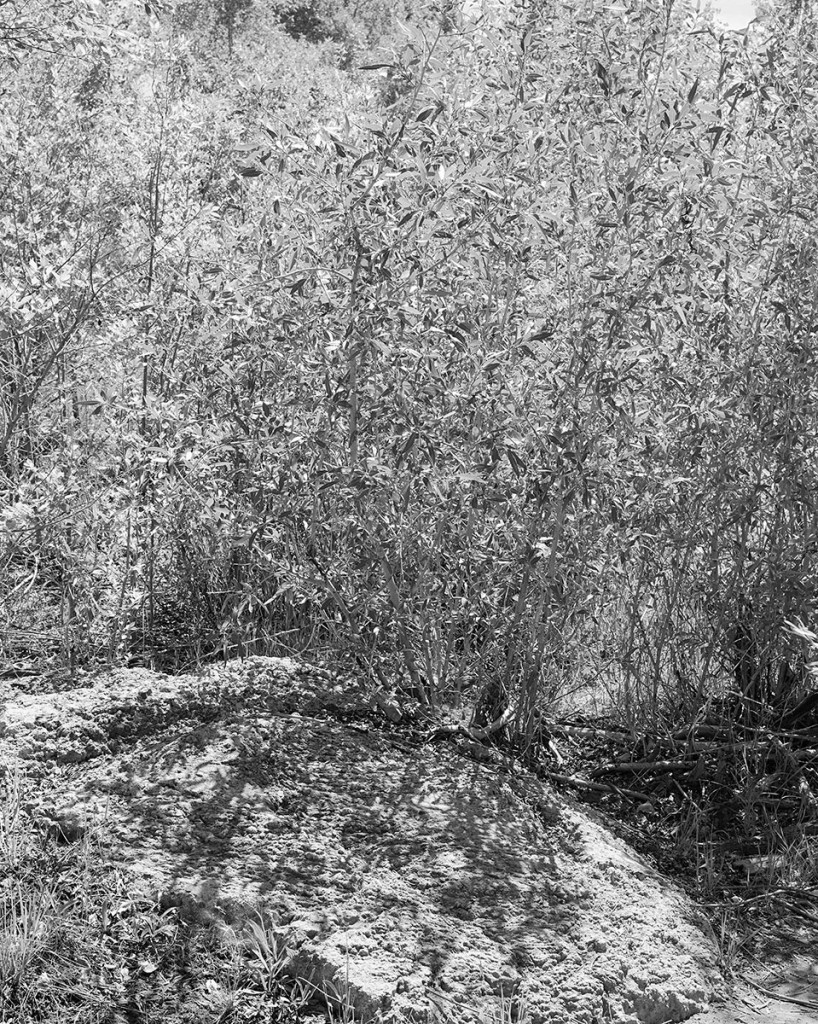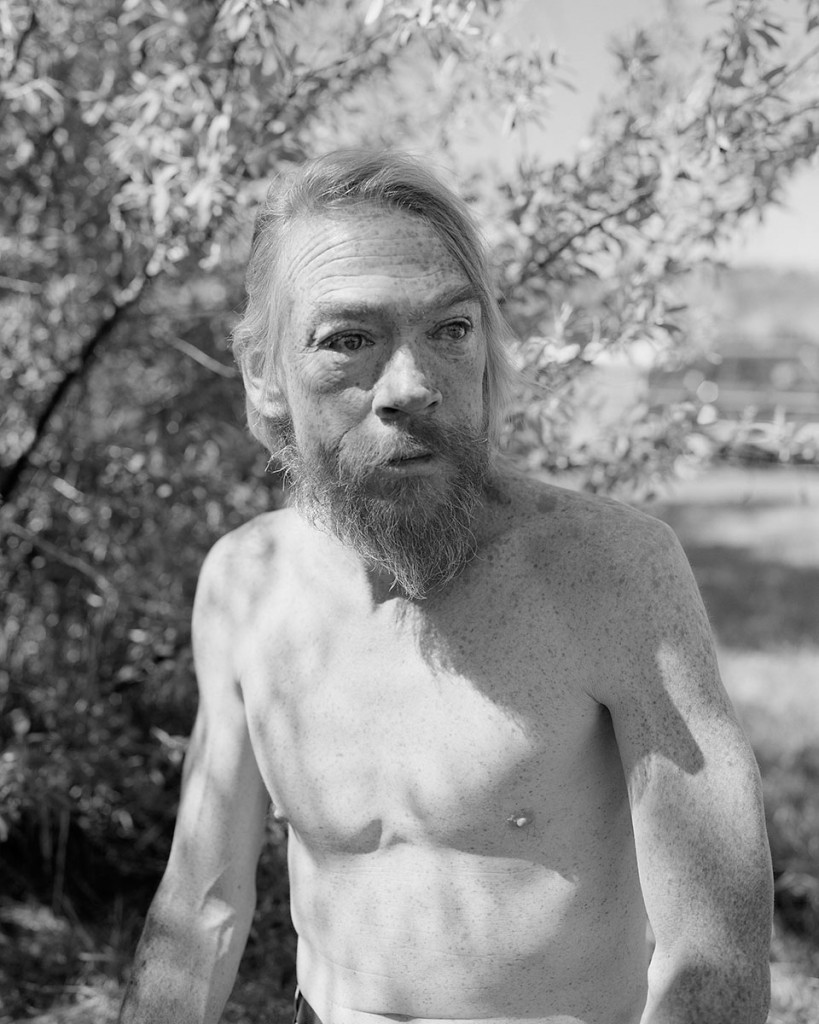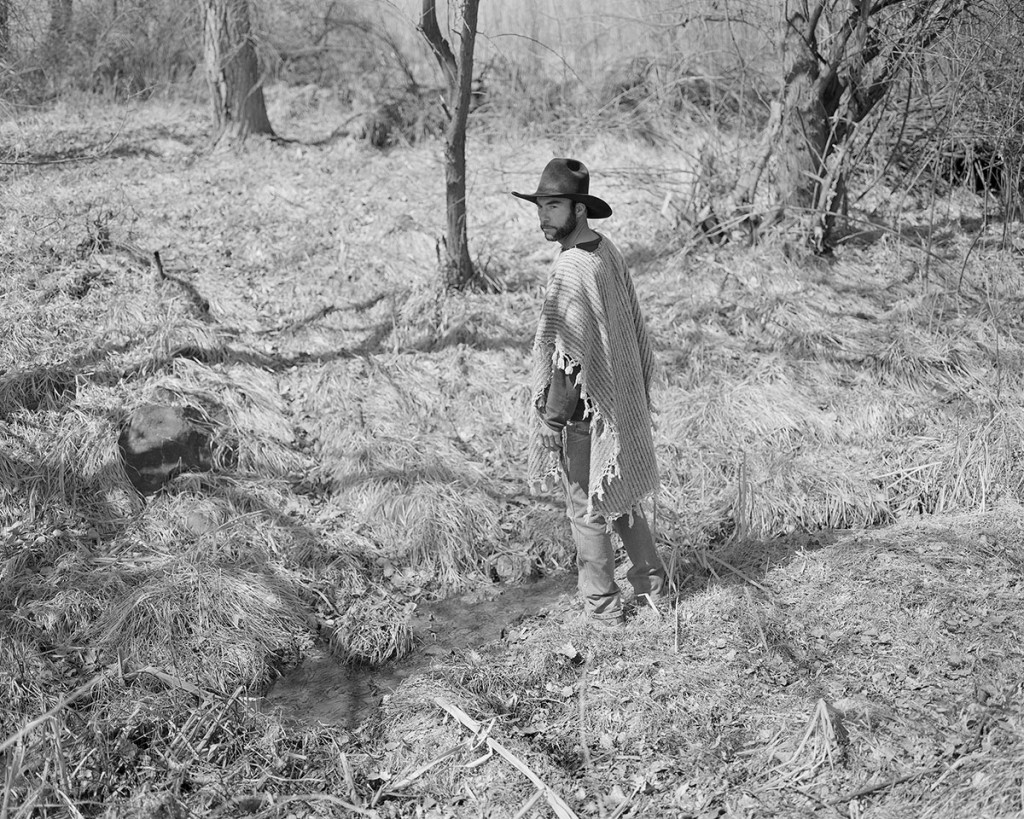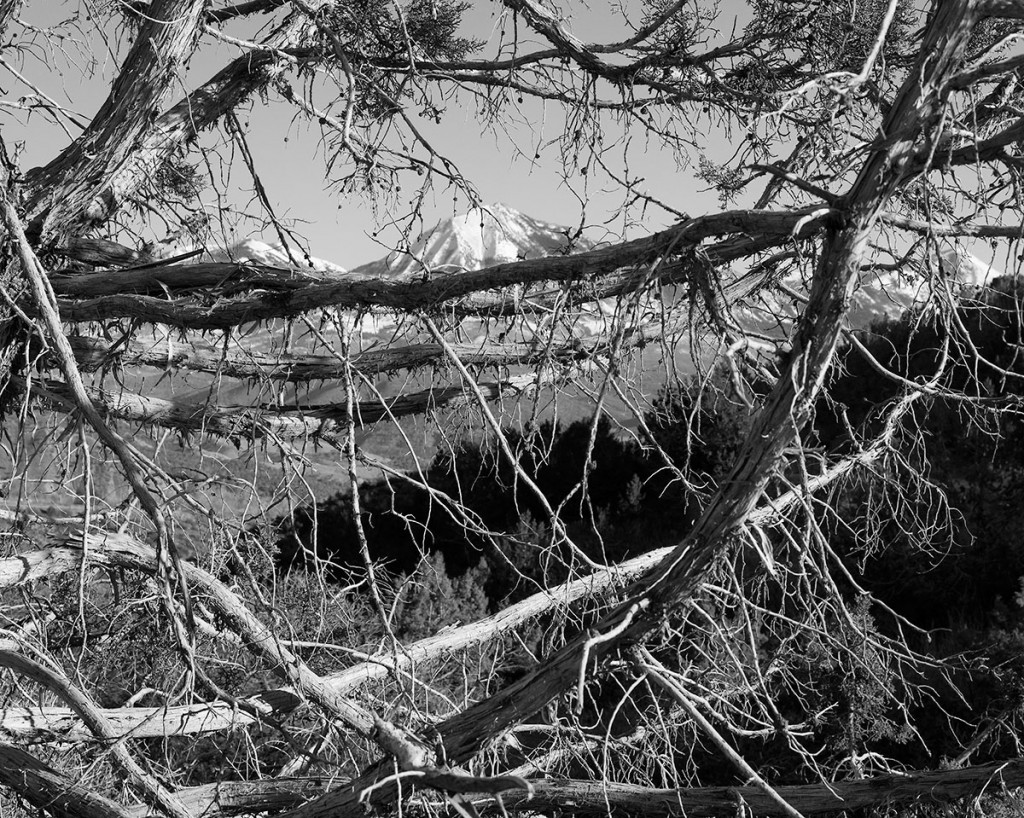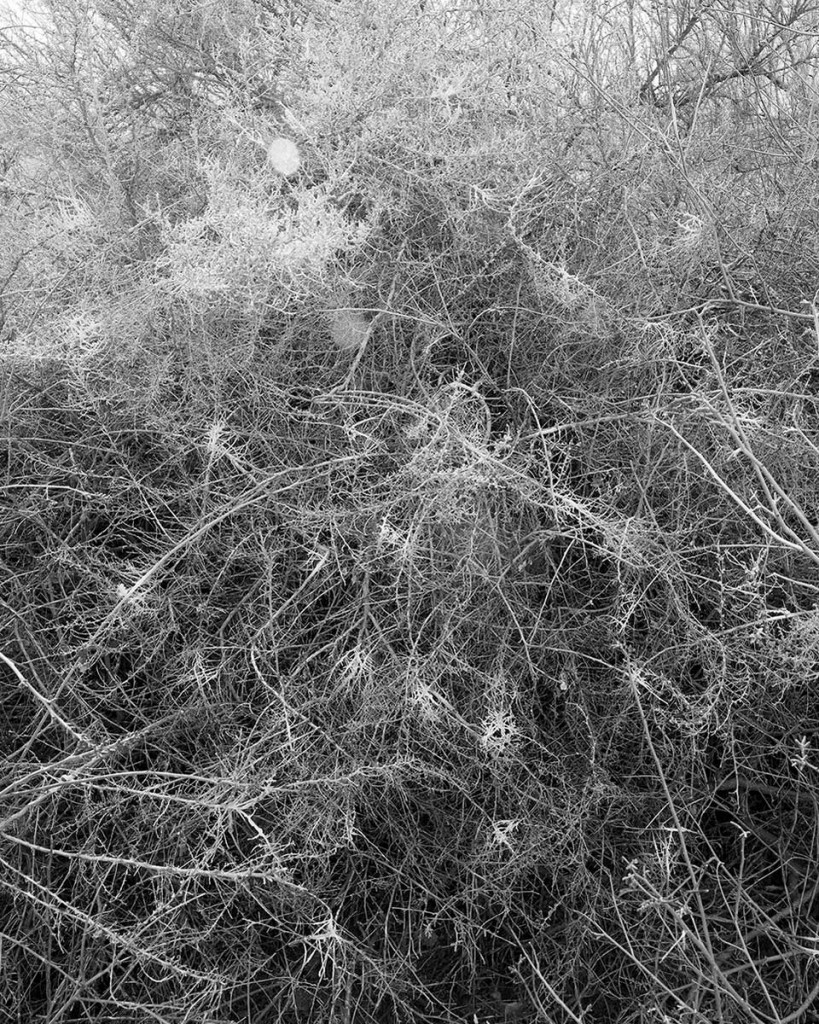Light Work Lab Renovation
From June 15 through July 15, 2015, Light Work Lab is undergoing renovation. Below is a letter from Light Work Lab Manager Walker Blackwell addressing many exciting changes, limited space closings during the renovation, and more.
—
Dear Light Work Lab Community,
I’m writing you with some exciting news! Light Work Lab is undergoing a much anticipated renovation. Following this, our little lab founded over 40 years ago and housed at Syracuse University will continue as the best community-access lab in the world.
Renovations begin on June 15, 2015 with an anticipated completion date of July 15, 2015. Please see below for more details, including information on room closings during the month-long renovation. Be sure to follow our Facebook and Twitter streams for updates on the progress of the renovation and more.
Q: What does this renovation mean long term?
A: Tons. Printing and scanning workflows get streamlined, physical workspace gets re-arranged, upgraded lighting throughout, new computers and printers, more magnetic-wall space, flat-file storage for the community, all lab furniture goes mobile to allow for expanded programming, and so much more. We’ll post all these new amazing things that members have access to at lightwork.org/lab over the next month.
After a long period of consideration and thought we’ll be decommissioning the developing labs and large darkroom for many reasons that we explain below. Fear not! The advanced darkroom will always exist for community use, as well as sinks in multiple locations. We’re confident this is the right decision and are happy to answer any questions you might have.
(Too much to handle? Walker’s direct google voice cellphone number is 802.821.4451 if this causes you panic and you need to ask questions immediately.)
Q: What does this mean in the short term (now through July 15)?
A: If you have a backlog of B&W film to develop and print analogue, now is the time to get rolling! Have you been waiting for a reason to organize a group photogram party? This is your opportunity. Come in and say your goodbyes to the large darkroom before June 10th. After renovation our advanced darkroom will be open for business (you can reserve it now by calling 315.443.1300).
From June 15 to July 15 the large workroom (where cutting tables are currently located), lighting studio, and darkrooms will be closed. During the renovation all lockers will be converted to roller lockers. We’ll box the locker contents, number the boxes, and make them fully accessible to their owners for that month of construction.
The large cutting tables are temporarily moving to the hallway near the open lab, so they will still be accessible (but cozy). Scanners are moving to the open lab, Artist-in-Residence studios, and service lab. The renovation will not impact people working digitally very much, though getting around during the renovation is going to be a bit tight.
Q: Why are you taking away the developing lab and large darkroom?
A: This decision was difficult and not made lightly. The advanced darkroom is not going anywhere, and will maintain full functionality forever. We’ll still offer Intro to the Dark Arts sessions and will be maintaining sinks in our larger project spaces. We will always be committed to film photography. The only difference is now darkroom access requires a reservation by calling 315.443.1300. This is the same process currently in place for the lighting studio.
Darkroom usage has dropped over the past several years and that space can be used in better ways. We attribute this to a few reasons: silver film/paper is now very expensive, consumables are hard to find in this area (MQ Camera closing, etc), and inkjet printers are now very high quality. And finally, our digital workflow is advanced enough to support a true transition now that we have a Piezography K7 monochrome print system (developed in-house, by the way).
We are very excited to usher Light Work into a new era of improved productivity, service, and technical and creative excellence. We have a small space for what we do, and we want to use every square foot.
Q: What is physically changing at Light Work? Will I recognize the place?
A: Yes! We’re not tearing out that many walls, but we are dramatically reorganizing our space to streamline workflow. It’s a fun project. The equipment and where people work is changing.
We are also really excited about upgrading the lighting in the lab. We are installing gallery/museum spec 5000k LED bulbs with special violet phosphors, 60 degree beam spreader lenses, and 4200k warming filters. The light will be nothing but revolutionary. All fluorescents will be kept off. Yay!
Q: What else can we look forward to with the renovation?
A: Following construction, we plan on hosting Saturday digital intro classes in the open lab in addition to our ongoing Sessions. Printing, cutting, and other production related activities will take place in the new, large production room. This switch will open up the space for education and help us support members by providing better access to front-desk and service staff. This is a huge improvement from our current layout where members work almost 80 feet away from the nearest staff member who can help them. With printers, gallery lights, magnet walls, cutters, and flat-files closer to each other, everything is easier to do. New flat-files will facilitate large-format print storage for the community. From scanning to storage, Light Work Lab has you covered.
We are thrilled about the expanded potential for serving as an improved site for community art events, happenings, and more in Syracuse. The space will be accessible and lit well-enough for any member to have a studio or curatorial visit, or to host a critique group, etc. Because lab furniture will be on wheels, all tables/lockers/printers will be able to roll out at a moment’s notice making space for lectures, experimental workshops, portfolio reviews, movie nights, art performances, and more.
We at Light Work Lab are incredibly excited for this renovation and the potential it brings for the art community in Syracuse. We look forward to seeing more of you soon!
All the best,
Walker Blackwell
Manager, Light Work Lab
